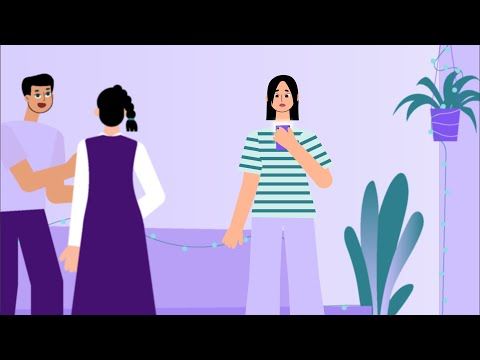Anyone can experience coercive control.
However, coercive control may be experienced differently by different groups of people.
If someone already experiences discrimination and inequality, an abusive person may exploit this to abuse them.
People who experience discrimination and inequality may also face extra barriers to accessing support.
While some groups of people may be more likely to experience coercive control, it’s important to remember that coercive control is never the victim-survivor’s fault.
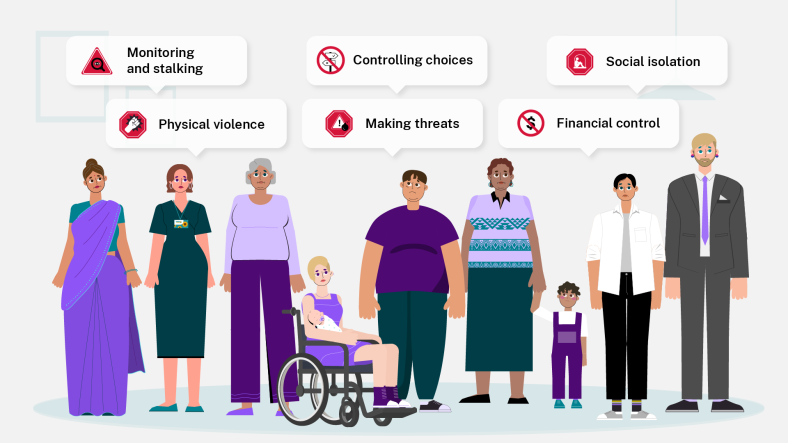
Who is most at risk?
Overwhelmingly, coercive control is used by men against women. Research suggests 1 in 4 women and 1 in 14 men have experienced intimate partner violence since age 15.1 In addition, 1 in 4 women and 1 in 7 men reported experiencing emotional abuse by their spouse or de facto partner since age 15.2
Research shows women are also far more likely than men to experience repeated and severe forms of abuse, leading to serious injury, disability or death.3 The NSW Domestic Violence Death Review Team found nearly 80% of all victims of intimate partner violence homicides that occurred in NSW between 2000 and 2018 were women.4
Pregnancy, early motherhood and separation can be times of increased risk for women. The abuse might begin during these times, get worse, or happen more regularly.
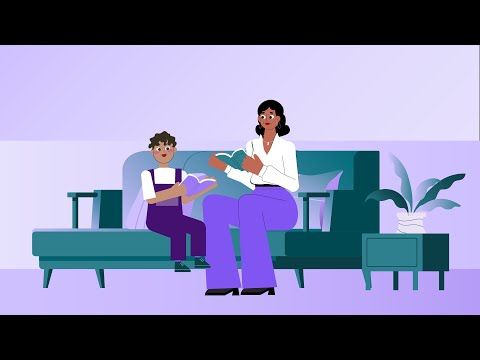
Victim-survivors’ experiences of coercive control
Research shows women with disability tend to experience violence more frequently, over a longer period, and across a wider range of settings, than women without disability.5
Research also shows that people with disability may experience abuse from a range of people, including:
- intimate partners
- family members
- paid or unpaid carers
- other residents in supported accommodation.6
People with disability may depend on the abuser to provide care and support, which can make it harder to get help or leave.
The abusive person may also use their role as a carer, aspects of a person’s disability or their support needs to abuse them.

People with disability’s experiences of coercive control
Aboriginal women experience disproportionately higher rates of violence than non-Aboriginal women. Research shows Aboriginal women and girls are 31 times more likely than non-Aboriginal women and girls to be hurt so badly they need to stay in hospital.7
Research shows Aboriginal people may not feel safe to report the domestic and family violence for many reasons, including:
- experiences of racism
- past government practices
- mistrust of mainstream services
- fear of what may happen to their family and community if they do report the violence.8
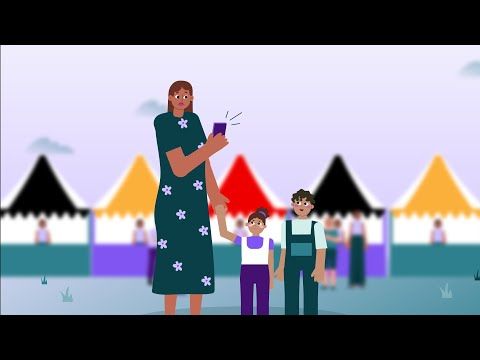
Aboriginal people’s experiences of coercive control
Research shows 1 in 3 migrant and refugee women have experienced some form of domestic and family violence.9 Temporary visa holders report higher levels of family and domestic violence than people who had a permanent visa.10
An abusive person might use a person’s visa or immigration status, or their limited English proficiency, to isolate, abuse or control them.
Women from multicultural backgrounds may also face unique challenges to accessing support services. This includes language barriers, fears that seeking help will affect their visa or immigration status and fear of being separated from children.11

People from multicultural backgrounds’ experiences of coercive control
Research shows around 60% of LGBTQIA+ people report ever experiencing intimate partner violence and around 65% report ever experiencing some form of family violence.12
An abusive person might use a person’s sexuality, gender, body or HIV status to control, threaten or isolate them.
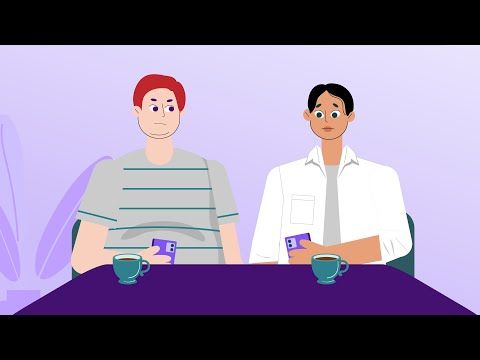
LGBTQIA+ people’s experiences of coercive control
Older people are at risk of experiencing abuse from a range of people including:
- intimate partners
- family members, such as adult children
- paid or unpaid carers
- other residents in aged care settings
- support workers.
Older people may depend on the abuser to provide care and support, which can make it harder to get help or leave.
The abusive person may also use their role as a carer, or the older person’s reliance on support, to control and abuse them.

Older people’s experiences of coercive control
Coercive control can have serious impacts on children and young people, whether directed at them or used against their parent or carer.
When a child’s parent or caregiver is experiencing abuse, the child doesn’t just witness it, they may also experience the violence, threats, control and fear.
Young people are also at risk of experiencing coercive control in their own intimate relationships. Research indicates that young people may be less likely to identify technology facilitated abuse and some types of emotional abuse, than other types of abusive behaviour.13
Find out more about how to support children and young people experiencing domestic and family violence.
